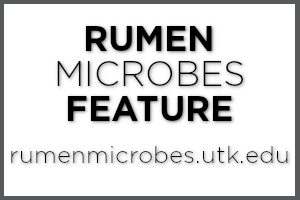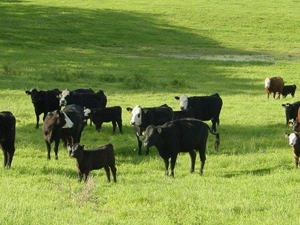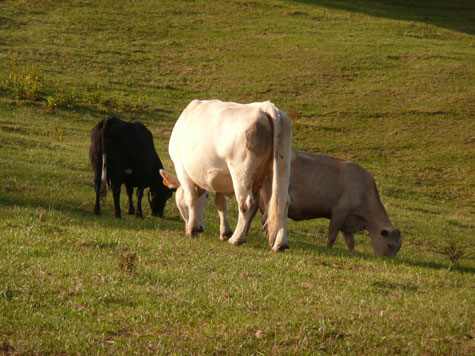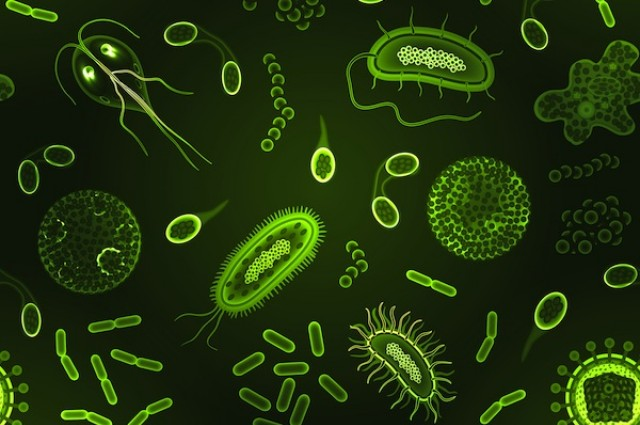
Fibrobacter succinogenes is a Gram-negative, rod-shaped, anaerobic bacterium found in the rumen. It is known for its ability to break down cellulose by converting plant biomass into nutrients for cattle.
Click the image hotspots to learn more about this featured microbe.
This interactive image was created by Madison Henniger

Learn more

At a pH of 6.5, F. succinogenes has a greater presence in the rumen. When pH is lower than 6, cellulolytic ruminal bacteria often cannot exist, resulting in anion toxicity. Image courtesy of the UT Beef and Forage Center
Learn more

F. succinogenes is specialized only for cellulose, unlike other bacteria that utilize multiple polysaccharide sources. Image courtesy of the UT Beef and Forage Center
Learn more

F. succinogenes was one of the first cellulolytic bacteria to be cultured in large numbers, leading scientists to discover the bacteria’s importance related to the digestion of cellulose. Image courtesy of Dennis Kunkel Microscopy/Science Photo Library
Learn more

F. succinogenes has one of the greatest densities in the rumen compared to other cellulolytic bacteria. However, in comparison to the many species of bacteria present in the rumen, it represents about 0.1% of the relative bacterial population. Image courtesy of microBEnet
Follow this link to view all of the interactive presentations for the Rumen Microbes series.